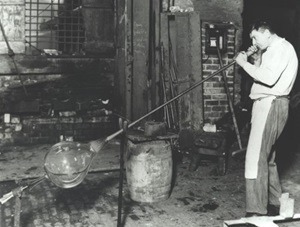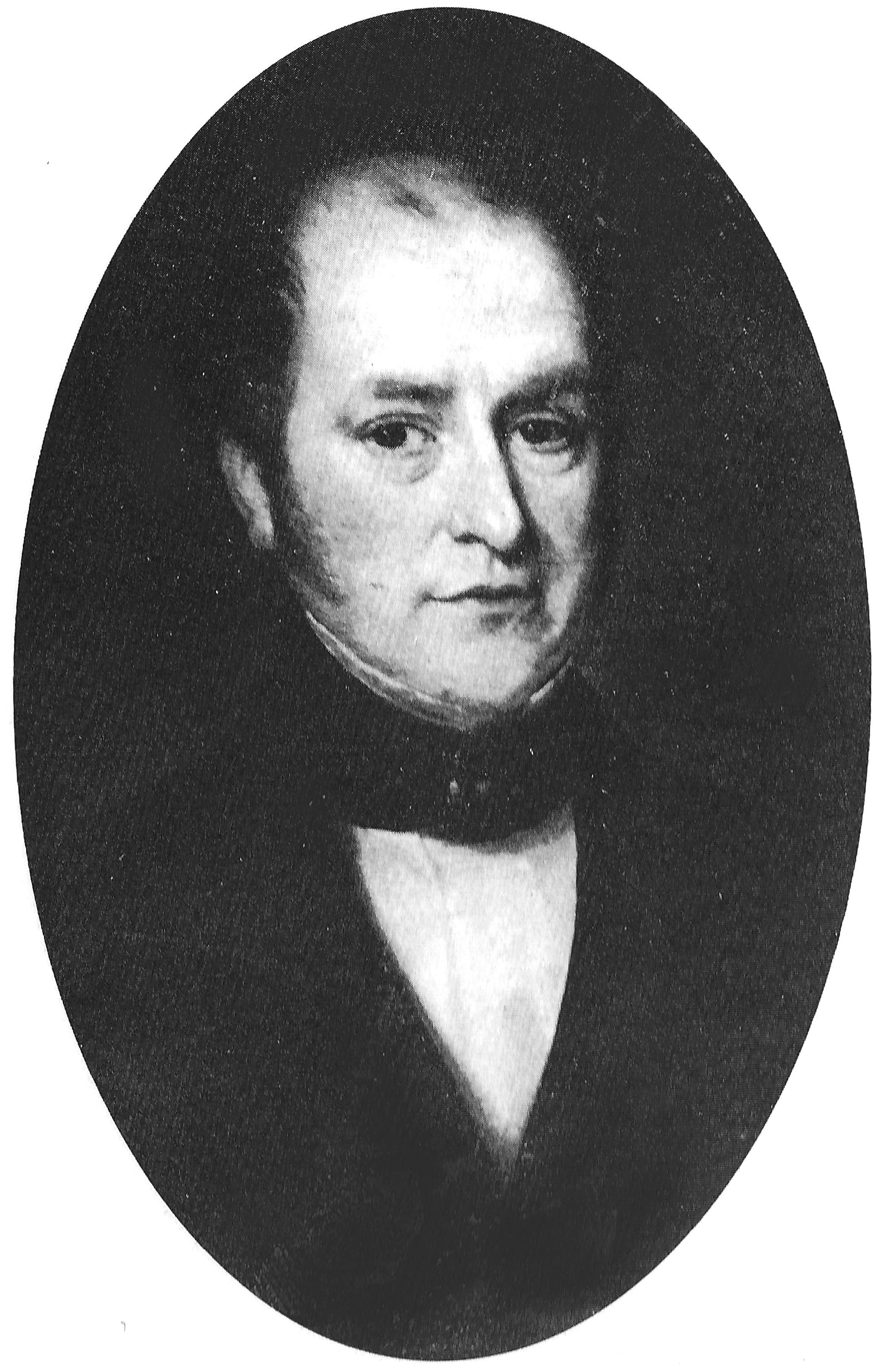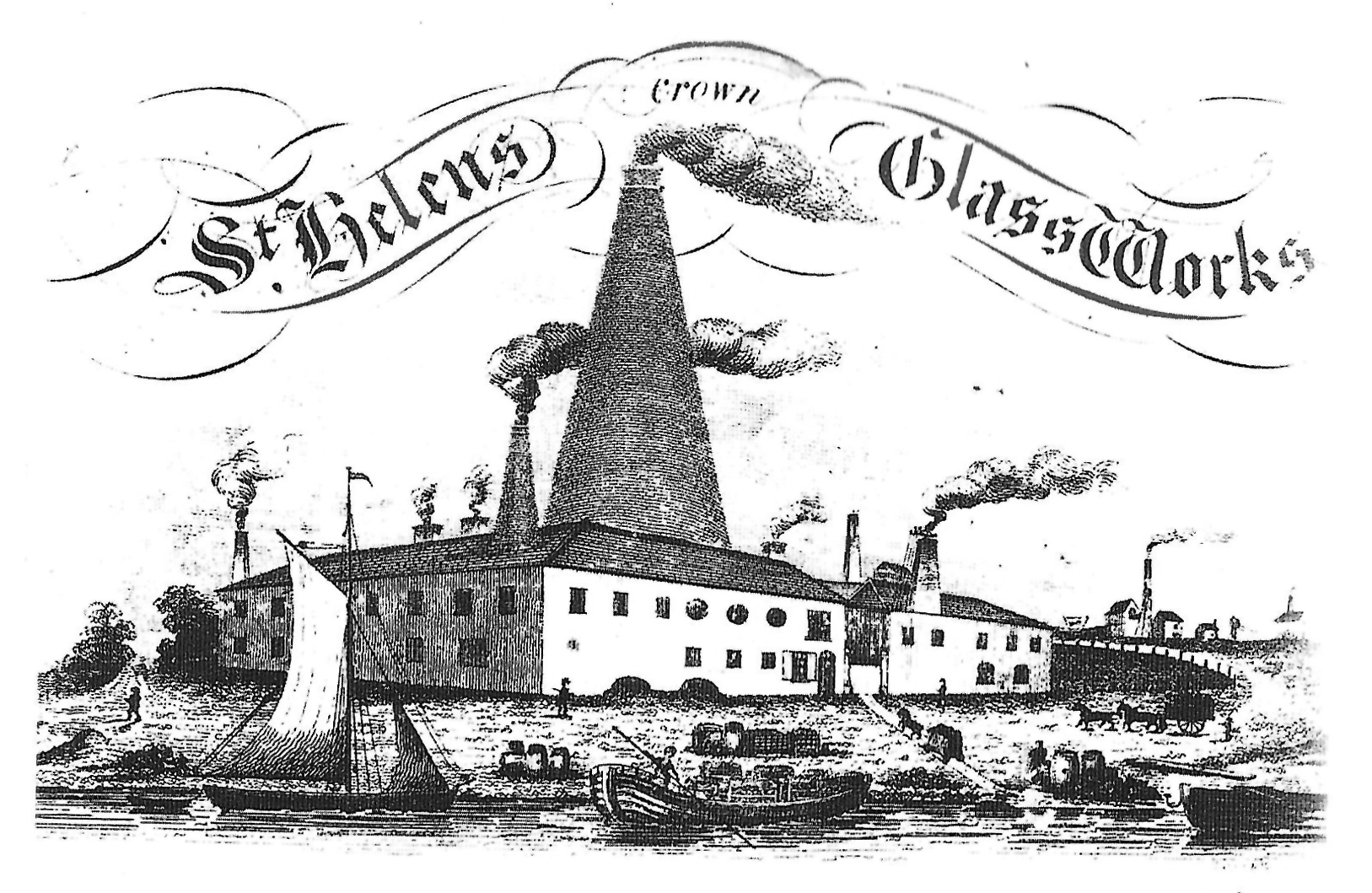Notable milestones include the development of Siemens furnaces for continuous molten glass flow and the invention of the Float Process, which revolutionized high-quality glass production.


In 1922, Richard Austin Pilkington donated shares, leading to the establishment of the Employees Benefit Trust Fund (EBTF) to provide pensions and benefits. Independently, two more charitable funds were formed by Alfred Cecil Pilkington and Alan Douglas Pilkington. These merged into the Cecil & Alan Pilkington Trust Fund (C & AP), which, along with the EBTF, constitutes the Pilkington Family Trust Funds. The EBTF was eventually wound up, and its value transferred to the C & AP Fund.
Today, the C & AP Fund supports the work of Pilkington Family Trust, benefiting Pilkington pensioners, spouses, widows, and widowers. Pilkington Retirement Services Ltd, established in 1992, administers the funds.

